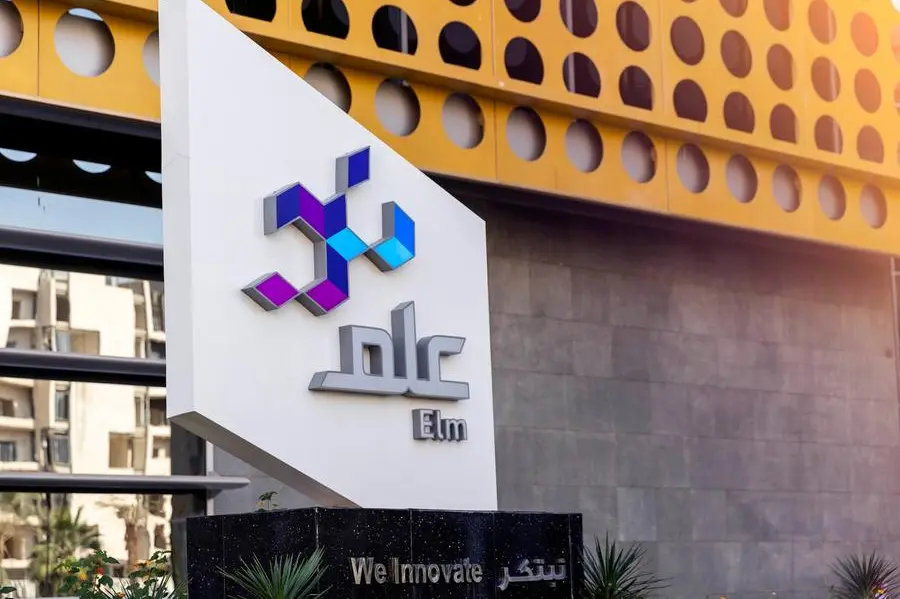"The Guide to the Project Management Body of Knowledge (PMBOK)" is the most accepted global reference for project management. With over a million copies sold and translations in nine languages, including Arabic, it has gained wide acceptance by project management practitioners all over the world.
This book is published by the Project Management Institute (PMI), the world's leading non-profit project management organisation. The first edition of the book first saw the light in 1996, soon after it received worldwide recognition for its comprehensiveness, structure, consistency and scalable application across organizations and industries. The success of this book became even more widely observed after it became an American National Standard for project management.
The book gets updated every four years by a group of volunteer experts and certified professionals from around the world. The latest update was the third edition which was published in late 2004. In more than 250 pages, the reference covers the most accepted practices in the domain of project management.
The book emphasises that the actual body of knowledge cannot be bound in a book, and it exists with the practitioners and academics who advance the science and applications of this profession on projects worldwide. So instead, the guide covers project management practices that are "generally recognised as good practice on most projects, most of the time."
The book starts with two chapters on defining the project management framework. Of all the twelve chapters in the book, these two are worth extra attention. In a very concise and clear manner, the chapters define a project, and how it is different from other organisational activities, like operations. It also covers important environmental, organisational and technical interfaces of project management with its surroundings. For example, it talks about the effect on organisation's structure is affected by and affects project management implementation. It also talks about the relationship between project management processes and the project lifecycle, in addition to the difference between a product and a project lifecycle.
The third chapter provides a nice overview of the project management process groups used to manage a project from its inception through completion. These are the initiating, planning, executing, monitoring and controlling, and closing process groups.
The rest of the chapters are dedicated to defining the nine knowledge areas of project management, which are integration, scope, time, cost, quality, human resource, communication, risk and procurement. The book is very consistent in its format; for each of the project management processes, the book describes the inputs, tools, techniques and outputs of the process.
There are important and recurring themes implied in the PMBOK. A clear one is the importance of project management to the successful achievement of project objectives. It clearly stresses the importance of the project manager's role in bringing projects to successful conclusion. It also gives guidance, through its processes, to the project manager on the type of behaviour and attitude with which to approach a project. These include proactiveness, effective communication and attention to stakeholder management.
For decades, project managers had to suffer from lack of consistent project management lingo that they can use across organisations and industries. When a project manager talks to another one from a different company or industry, the two end up suffering from miscommunication due to each using the same terms to mean different things. For example, when one uses the term "activity," for some organisations that means department or section, while for others it means a temporary task, and others even use it to refer to a project. The PMBOK contributed greatly to the solving of this problem and to the unifying of project management terminology across industries and organisations.
PMI has other project management standards, in addition to the PMBOK. While the PMBOK covers management of projects, other standards cover a wide spectrum of project management subjects including project managers' competency development, programme management, portfolio management and organisational project management maturity.
Furthermore, the PMBOK is the key reference for project managers seeking the Project Management Professional (PMP) certification. Many of the subjects covered in the exam are at least mentioned or implied in the book, even though passing requires, on top of PMBOK comprehension, the ability to understand proper application of processes in real-life situations.
It is important to note that despite the wide acceptance of the book, it does not make for easy or quick reading. By its nature, being a reference book, the content is very condensed, concise, and makes for very dry reading. Also, because of the conciseness and the dryness, it might not be the best book to introduce someone to the project management domain of knowledge. Other books offering overview of the subject or guidance for beginners might be more appropriate. However, for managers and team members working with project managers, it can be a very useful and insightful reference. For project managers, it is an essential part of their business library and project management arsenal.
By Ammar W Mango
© Jordan Times 2006




















